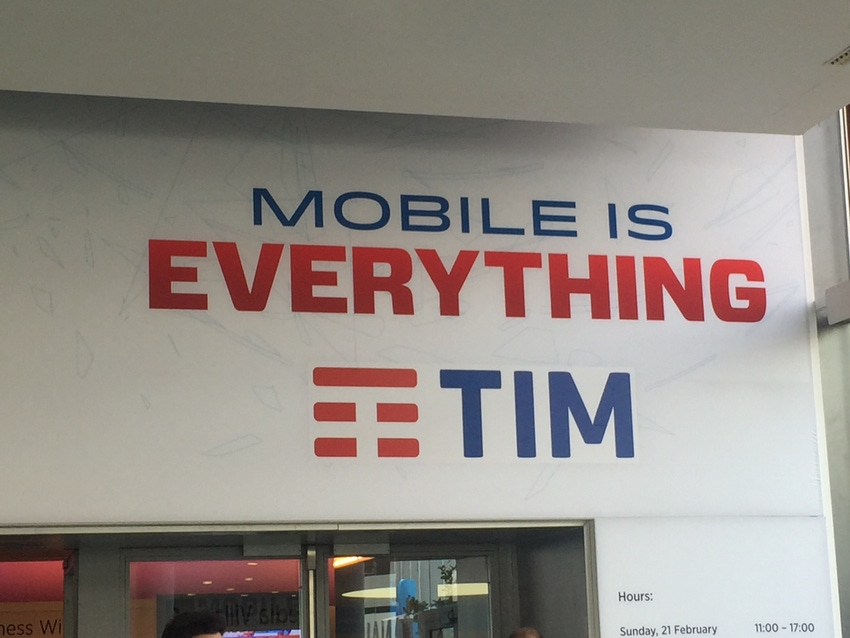As the EU and Brazil used Mobile World Congress to sign a co-development agreement over 5G, equipment vendors and telco partners have been keen to announce their collaborative efforts.
February 23, 2016

As the EU and Brazil used Mobile World Congress to sign a co-development agreement over 5G, equipment vendors and telco partners have been keen to announce their collaborative efforts.
The deal signed by European Commissioner Günther Oettinger and Brazilian Minister of Communications André Figueiredo follows similar key cooperation initiatives with South Korea, Japan and China. According to an EC statement agreements are also under discussion with India and the US.
Meanwhile, chipmaker Qualcomm announced a partnership with telco Ericsson to investigate the possible 5G technology options for supporting the technical work required for phase one of the mobile telco standards body 3GPP’s Release 15, under which 5G development is split into two phases, expected to be completed in 2018.
The two companies are working together to create standards-compliant 5G infrastructures and devices which can be available shortly after the completion of Release 15. Meanwhile, they are collaborating on improvements to 4G with 3GPP LTE Advanced Pro, pioneering new technologies such as LTE in unlicensed spectrum. Areas of development include LTE-U, Licensed-Assisted Access and MulteFire, LTE IoT and advanced antenna techniques that were originally intended for 5G but could be used in today’s LTE networks.
Elsewhere at MWC 2016 equipment maker Huawei and Deutsche Telekom gave what they claim is the world’s first 5G E2E network slicing demo. The German mobile operator also claims to be working with Korea’s SK Telecom on network slicing and mobile edge computing.
The joint demo aimed to show 5G bandwidth being divided up for the diversity of 5G applications that could be in place by 2020 when the network capacity becomes available.
The 5G demo showed how core networks and RAN interfaces can be specified in order to support end-to-end network slicing.
Claiming to have spent six years on 5G R&D, Huawei will team up with more partners in the industry to build the emerging 5G ecosystem and push its development, said David Wang, president of Huawei Wireless Network. “5G network slicing can enable a unified physical network infrastructure to support multiple industry services, including mobile broadband and vertical sectors,” he said. “We will devote more efforts to transform the advanced innovation technologies into the best user experience for our customers.”
About the Author(s)
You May Also Like








.png?width=300&auto=webp&quality=80&disable=upscale)


_1.jpg?width=300&auto=webp&quality=80&disable=upscale)


.png?width=800&auto=webp&quality=80&disable=upscale)